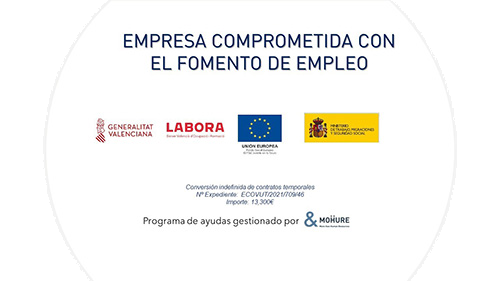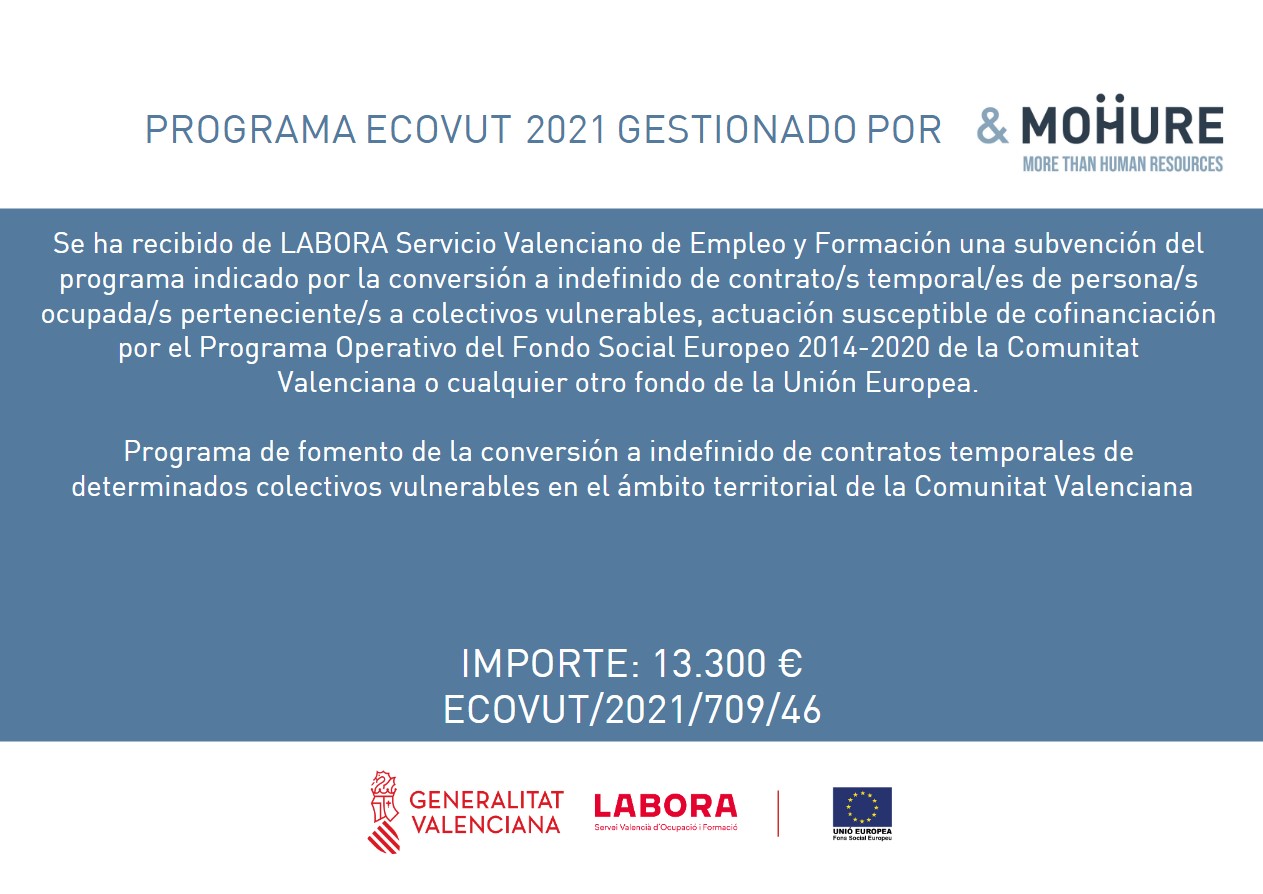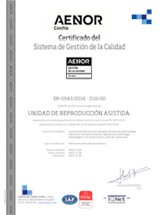The research, conducted over 10 years by the Institute of Applied Electrochemistry of the University of Alicante, has led to the creation of a sensor capable of measuring the viability of implantation and embryo development
To find the criteria to select the best embryos to transfer according to the metabolic changes that occur in our development environment, was the goal that drove the Reproduction Unit Vistahermosa to start, almost 10 years ago, the research and analysis of the proteins generated in the culture of the embryo resulting from in vitro fertilization.
 To achieve this, the center of Reproductive Medicine of Alicante allied with the Institute of Electrochemical of the University of Alicante, starting a complex project that has resulted in the creation of a new electrochemical sensor that can detect throughout feasibility, implementation possibilities and evolutionary development of the embryo.
To achieve this, the center of Reproductive Medicine of Alicante allied with the Institute of Electrochemical of the University of Alicante, starting a complex project that has resulted in the creation of a new electrochemical sensor that can detect throughout feasibility, implementation possibilities and evolutionary development of the embryo.
“The road has been long and difficult, but the result is highly satisfactory, as we have in our hands a key device in assisted reproduction techniques. We expect the success rate to be such high that will allow us to implant a single embryo and avoiding multiple pregnancies, “says the Director of the Reproduction Unit Vistahermosa and promoter of this research, Jose Jesus Lopez Galvez, who has had support of the responsible the Laboratory of the center, Juan Manuel Moreno.
It is a simple and practical method, with no high cost, affordable and universal, which optimizes the embryo selection process. “Currently we, the reproductive centers, rely on morphological, genetic and growth and development (time lapse) criteria; now we add a fourth one, metabolic, by analyzing proteins generated in the culture of the embryo, “says Lopez Galvez.
Right now and over the next year, the Reproduction Unit Vistahermosa and the University Institute of Applied Electrochemistry base their collaboration in testing the efficiency of this device. “We hope the results are successful,” says Vicente Montiel, director of the University department, who has alternated the direction of this project during his career with Professor Jesus Iniesta.
Lactate, vital in embryo development
The director of the University Institute of Electrochemistry explains that “after the analysis of the different compound that were found in the microdrop of the embryo culture, it was opted for the Lactate as a marker”.
“This substance is a metabolite present in embryo culture media and many studies have shown that it is vital during the first days of the embryo development,” says Montiel, who stressed that “the greater or lesser consumption of this metabolite during the development of the human embryo can give us information about their quality and viability, so that the embryologist has available an additional tool for optimal selection of the embryo at the time of transfer into the uterus.
The director of the Secretariat of Research at the University of Alicante Juan Mora, as a researcher has described as “exquisite”, from the scientific point of view, the result of this project and “wonderful” from the social point of view, since it means a challenge to improve the quality of life of the people.
as “exquisite”, from the scientific point of view, the result of this project and “wonderful” from the social point of view, since it means a challenge to improve the quality of life of the people.
Mora congratulated those involved in this finding and gave the example of the great results that bring University and businesses when working together in research.
Also spoke the director of the Department of Genetics Vistahermosa, Joaquín Rueda, who highlighted the “high quality scientific groups available to Alicante, as well as companies that lend to collaborate on innovative projects”. Rueda demanded greater involvement of political institutions to facilitate such partnerships with investments in research projects.
Dr. López Gálvez emphasized the wide and pleasant relationship of the Reproduction Unit with universities in the province, both Miguel Hernandez as well as the Alicante one, since with the first one it has a collaboration in teaching material with the program Master in Reproductive and Genetic Medicine, the oldest and most prestigious in our country; and the University of Alicante in research, as evidenced by this pioneering embryo selection device.










